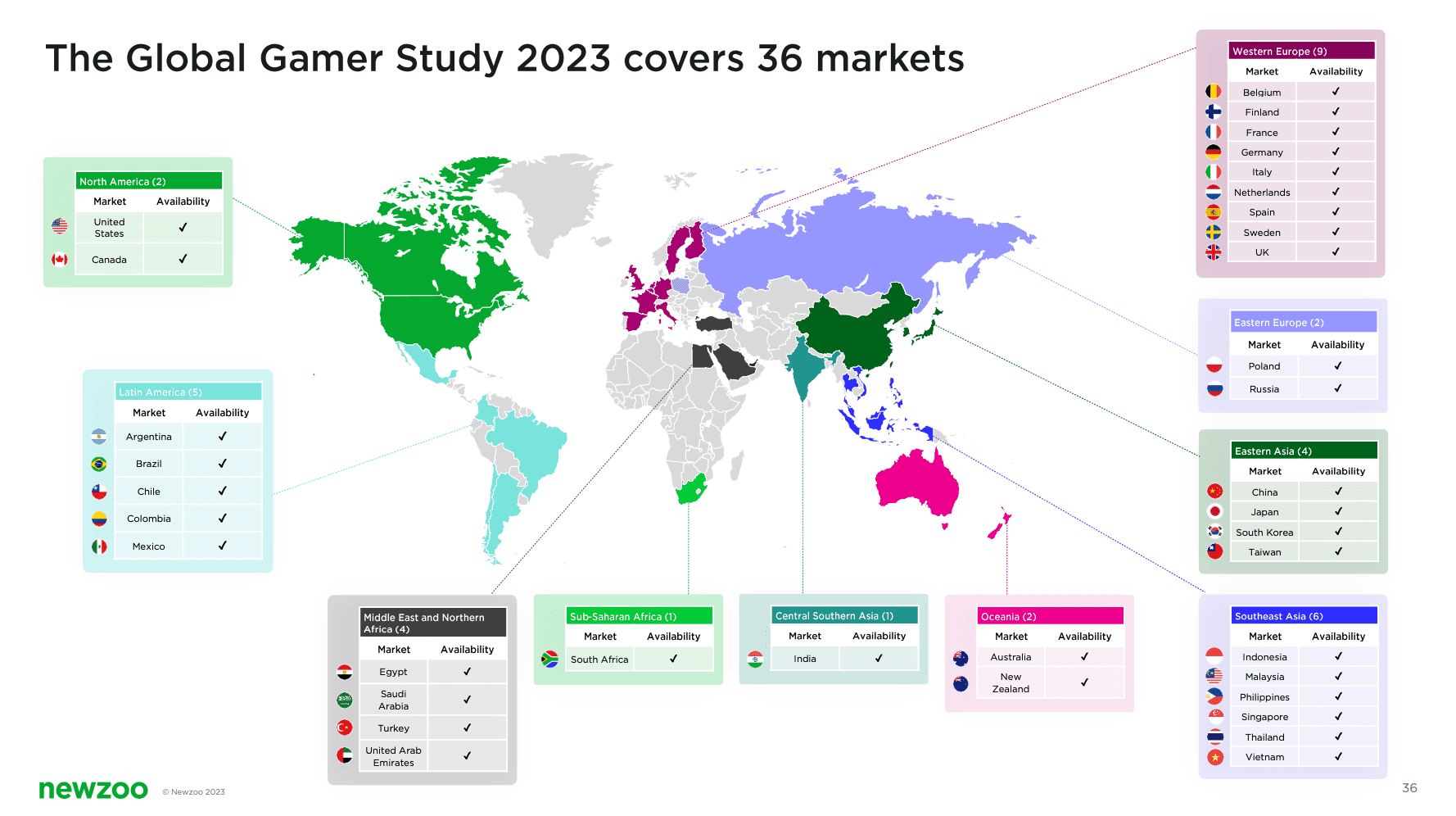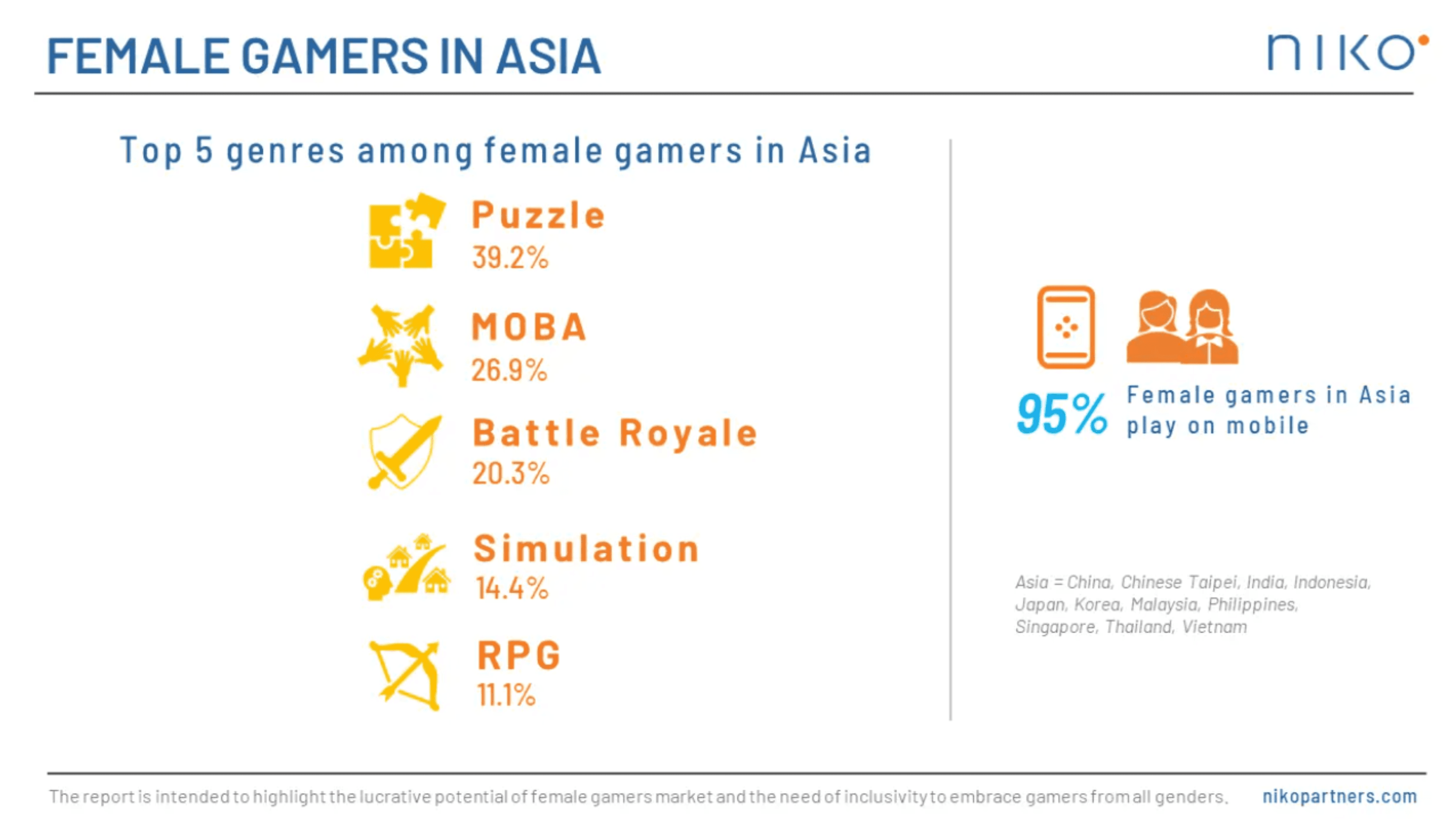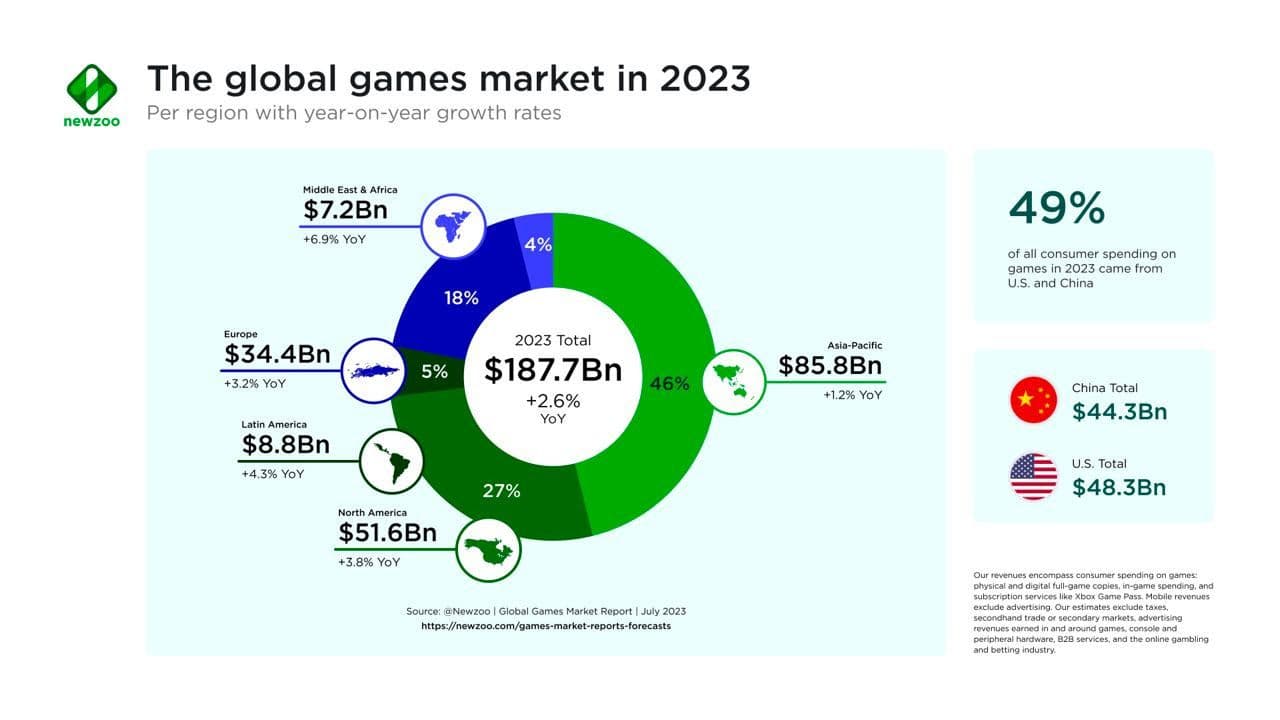Newzoo, a leading provider of games and esports analytics, has released its comprehensive report shedding light on how different generations interact with video games in 2023. The study encompasses Generations Alpha, Z, Millennials, X, and Baby Boomers. In this deep dive, we offer invaluable insights into gaming habits, preferences, and the implications for the evolving web3 gaming landscape.

Key Findings: A Generational Perspective
Newzoo's research uncovered intriguing trends across generations. For Generation Alpha, games reign supreme as the dominant form of entertainment, with 94% of these youngsters indulging in gaming. Generation Z, not far behind, considers games on par with social media in terms of entertainment. However, as age advances, the allure of gaming wanes, with each subsequent generation dedicating less time to it.

Notably, video games have bridged the generational gap, transcending age boundaries. Up to 43% of Baby Boomers find themselves immersed in the gaming world, despite stereotypes. The torchbearer for gaming, however, remains Generation Alpha, where 94% of individuals find solace in the world of pixels and adventures.
Beyond merely playing games, younger generations have enthusiastically embraced the phenomenon of game streaming. A remarkable 70% of Generation Alpha engages in watching others play, emphasizing the importance of community and cooperative play.

The age of the player correlates with their social gaming needs, explaining the rise of titles like Minecraft, ROBLOX, and Fortnite. These games cater to the desire for social interaction, fostering a sense of community among younger players.
Additionally, over 54% of men and 39% of women from the Millennial generation and onwards now proudly consider themselves gamers. This shift indicates that gaming has transcended its subculture status to become a mainstream cultural phenomenon, with individuals fully embracing their gaming identity.

Consumption Habits: Platform Preferences
Across generations, smartphones take center stage as the primary gaming device. However, a fascinating trend emerges the younger the generation, the more likely they are to switch to PCs or consoles. This shift is indicative of the growing desire for a richer and more immersive gaming experience among the youth. Moreover, there's a direct correlation between age and the number of gaming platforms utilized, with younger individuals exploring a broader spectrum.

Furthermore, the youngest generation has a preference for exploring diverse gaming genres, averaging six per individual. In contrast, Baby Boomers tend to stick to an average of 2.8 genres. It's clear that games evolve to cater to the diverse needs of different generations, with varying preferences.

For Generation Alpha, socialization ranks among the key aspects of gaming, while for Baby Boomers, it's the opportunity to achieve goals and solve intricate puzzles that captivate their attention.

Payments: Monetization Insights
When it comes to payments, mobile devices boast the highest conversion rate for paying users, at 38%, extending across all generations from Alpha to Millennials. Gen Z and Millennials emerge as the most likely to make in-game purchases, with 61% of Millennials investing in their gaming experiences.

PCs and consoles, on the other hand, exhibit a higher number of "whales," heavy spenders, compared to their mobile counterparts. Millennials and Generation Z tend to gravitate towards purchasing paid games, reflecting the influence of their gaming habits from childhood and adolescence. Despite these preferences, free-to-play (F2P) remains the dominant monetization format across all generations.

In-game spending highlights what different generations value in their gaming lives. Generational spending habits can also help developers and publishers mold monetization strategies to fit their audience preferences.
While every generation directs a majority of spending to in-game currencies, younger generations tend to spend more on playable characters. This might be due to the fact that younger players may want to see themselves reflected in games more, which contrasts with the spending habits of Gen X and Baby Boomers. These cohorts spend more on utilitarian purchases like gear and content packs.

Younger players are also motivated by exclusive content access, whereas discounts appeal more to Millennials and older generations. Once again, younger players value social elements in gaming. Gen Alpha and Millennial players rank playing with friends or family in their top three reasons to spend on video games. Interestingly, Gen X and Baby Boomers dedicate significant spending to advance quicker through games or to make them easier.

Relevance to Web3 Gaming
As we look ahead, these findings are paramount in understanding the trajectory of the gaming industry, especially within the realm of web3 gaming. The data underscores the necessity of catering to diverse generations, each with unique preferences and desires. Emphasizing socialization, cooperative play, and immersive experiences can guide the development of web3 games that resonate with players across the generational spectrum. It's evident that gaming has evolved from a subculture to a mainstream cultural phenomenon, and the gaming industry's future lies in embracing this transformative shift.
Final Thoughts
Newzoo's report serves as a crucial resource for game developers, publishers, and stakeholders, offering a comprehensive glimpse into the evolving gaming landscape in 2023 and beyond. With the foundations laid by this research, the industry can pave the way for a more inclusive, innovative, and vibrant future in the world of web3 gaming.




